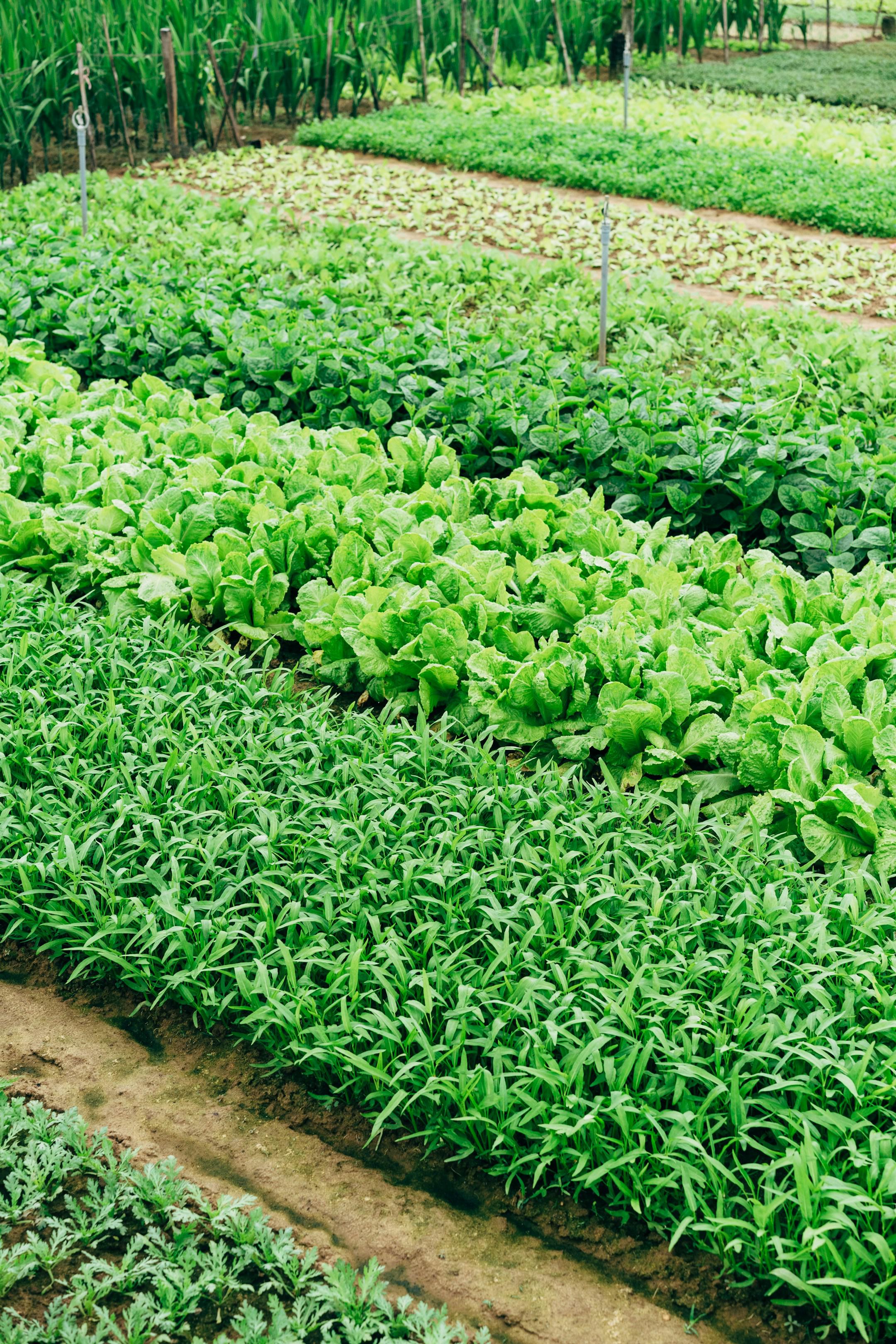
Rice is one of the world's most important staple crops, feeding billions worldwide. However, rice cultivation faces numerous challenges, with fungal diseases like sheath blight posing a significant threat to yield and quality. Adequate disease control is essential for sustaining productivity, and this is where antibiotic fungicides like Validamycin 3% L come into play. As a specialized liquid fungicide, Validamycin is widely used to combat sheath blight in rice, offering targeted protection and promoting healthier crops.
Understanding Sheath Blight Disease in Rice
What is Sheath Blight?
Sheath blight is a fungal disease caused by Rhizoctonia solani. It primarily affects rice plants by infecting the leaf sheaths near the waterline, leading to lesions. As the disease progresses, these lesions expand, causing wilting and premature plant death. Severe sheath blight infections can lead to yield losses of up to 50%, making it a significant concern for rice farmers worldwide.
Symptoms and Spread
The initial symptoms of sheath blight include small, oval lesions on the lower leaves. These lesions quickly spread and merge, creating larger necrotic areas. The disease spreads rapidly under high humidity, dense planting, and poor air circulation.
The Role of Validamycin in Controlling Sheath Blight
How Validamycin Works
Validamycin is an antibiotic fungicide derived from microbial sources. It inhibits the growth and spread of pathogenic fungi, particularly those causing soil-borne diseases like sheath blight. Validamycin interferes with the fungal cell's metabolic processes, halting its development and effectively controlling its spread.
- Systemic Action: Once applied, Validamycin is absorbed by the plant, providing both protective and curative effects against sheath blight.
- Broad-Spectrum Control: In addition to sheath blight, Validamycin has activity against other fungal diseases affecting various crops.
Valipro-Validamycin, 3% L, is a highly effective formulation designed to meet the needs of both conventional and organic farming systems. By incorporating Valipro into their disease management strategies, rice farmers can achieve better crop health and higher yields.
Best Practices for Applying Validamycin to Rice Crops
Determining the Right Validamycin Dose per Acre
The correct validamycin dose per acre is crucial for achieving effective disease control while minimizing environmental impact. For rice crops:
- Recommended Dosage: Apply 500-1000 ml of Validamycin 3% L per acre, diluted in 100-200 liters of water.
- Application Timing: Early detection and timely application are critical. To prevent disease spread, apply Validamycin at the first signs of sheath blight.
Accurate dosage and proper mixing ensure the fungicide reaches all infected areas, providing comprehensive disease control.
Methods of Application
Foliar Spraying
Foliar spraying is the most common method for applying Validamycin fungicide to control sheath blight. This involves spraying the diluted solution directly onto the leaves and stems of the rice plants, ensuring even coverage.
- Uniform Application: Use a sprayer that delivers a fine mist for even distribution.
- Timing: Apply during the early morning or late afternoon to reduce evaporation and maximize absorption.
Soil Treatment
In cases where the pathogen persists in the soil, soil treatment with Validamycin can provide additional protection. This method targets the fungus at its source, reducing the risk of re-infection in subsequent crops.
"Precision and knowledge are the farmer’s most powerful tools against disease."
Integrating Validamycin with Other Liquid Fungicides
Combining Validamycin 3% L with other liquid fungicides as part of an Integrated Pest Management (IPM) strategy can enhance disease control. This approach reduces the likelihood of resistance development and promotes sustainable farming practices.
Advantages of Using Validamycin for Sheath Blight Control
Targeted and Effective Disease Management
Validamycin explicitly targets the metabolic pathways of fungal pathogens, providing effective control without harming beneficial organisms. This targeted action minimizes unintended environmental impact and preserves the overall health of the crop ecosystem.
Compatibility with Organic Farming
While Validamycin is a synthetic fungicide, it can be judiciously integrated into organic and hybrid farming systems. By combining Validamycin with cultural practices, such as crop rotation and resistant varieties, farmers can reduce their chemical footprint while maintaining effective disease control.
Safety and Environmental Considerations
Personal Protective Measures
Farmers must adhere to safety protocols when using Validamycin 3% L. This includes wearing gloves, masks, and protective clothing to minimize exposure and ensure safe application.
Minimizing Environmental Impact
Following recommended application rates and avoiding overuse are essential to minimizing the impact on non-target organisms and surrounding ecosystems. Proper storage and disposal of leftover solutions are also critical to preventing contamination.
Monitoring and Managing Sheath Blight
Regular Field Inspections
Frequent monitoring of rice fields allows for early detection of sheath blight and timely intervention. Early application of Validamycin can prevent the disease from spreading and causing significant crop loss.
Weather Considerations
Environmental factors, such as humidity and rainfall, play a significant role in the spread of sheath blight. Farmers should adjust their Validamycin fungicide application schedules based on weather conditions to maximize efficacy.
Future Directions for Sheath Blight Management
Innovations in Fungicide Formulations
Ongoing research is focused on developing new formulations of Validamycin that offer improved efficacy and reduced environmental impact. Microencapsulation and slow-release technologies are among the innovations that could enhance the stability and effectiveness of Validamycin in field applications.
Leveraging Technology for Precision Application
Advances in precision agriculture, such as GPS-guided sprayers and AI-driven crop monitoring, enable more accurate and efficient application of Validamycin 3. These technologies reduce waste, ensure even distribution, and maximize disease control.
Building a Resilient Farming Future
Keep learning, adapting, and growing because every season brings new challenges and opportunities for progress. Together, we can protect what matters most: the health of our crops and the well-being of our communities.